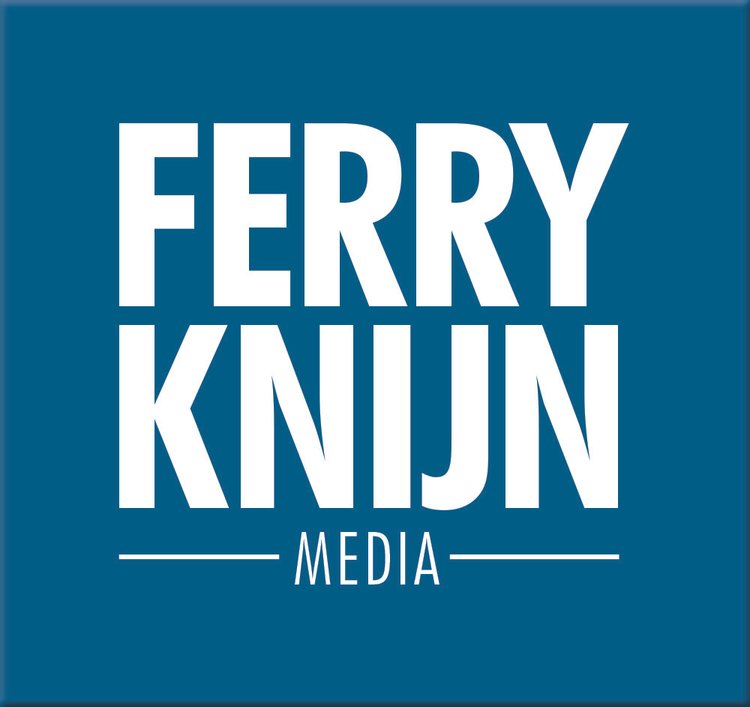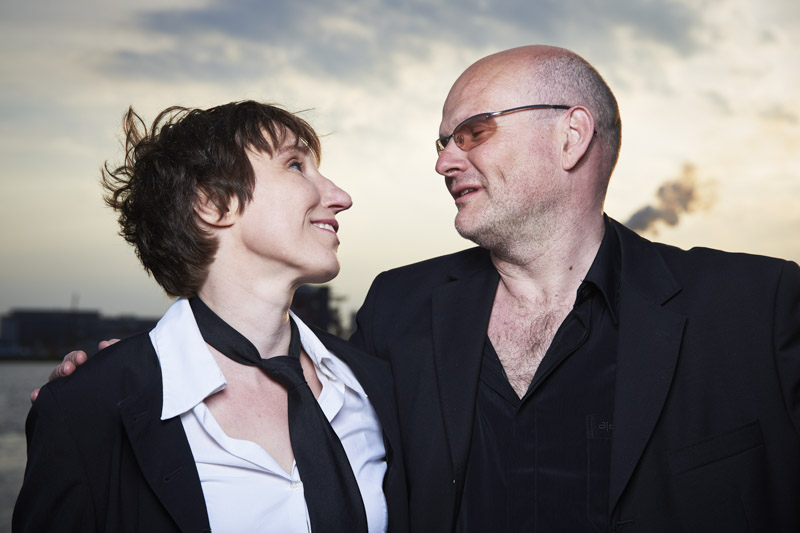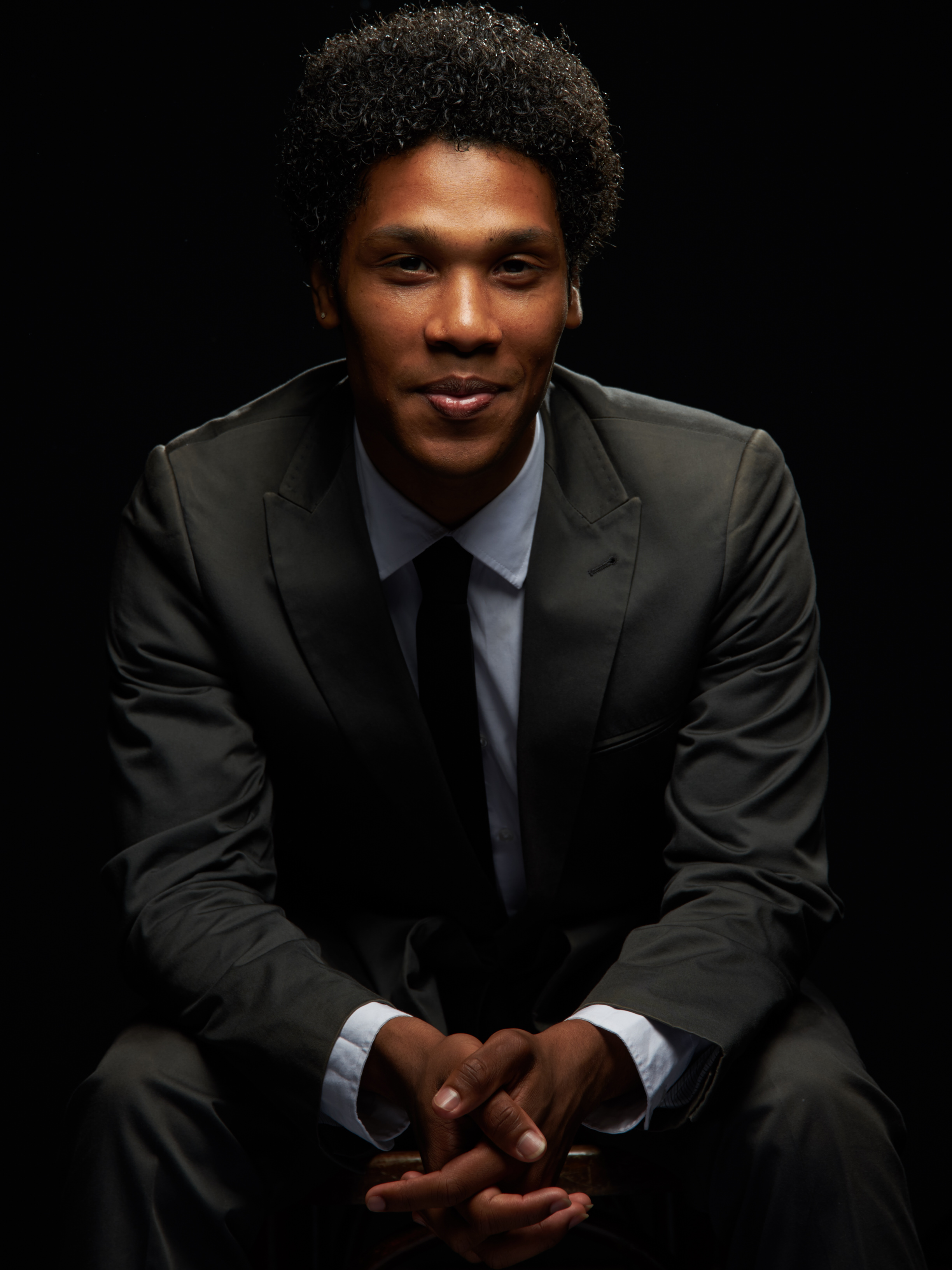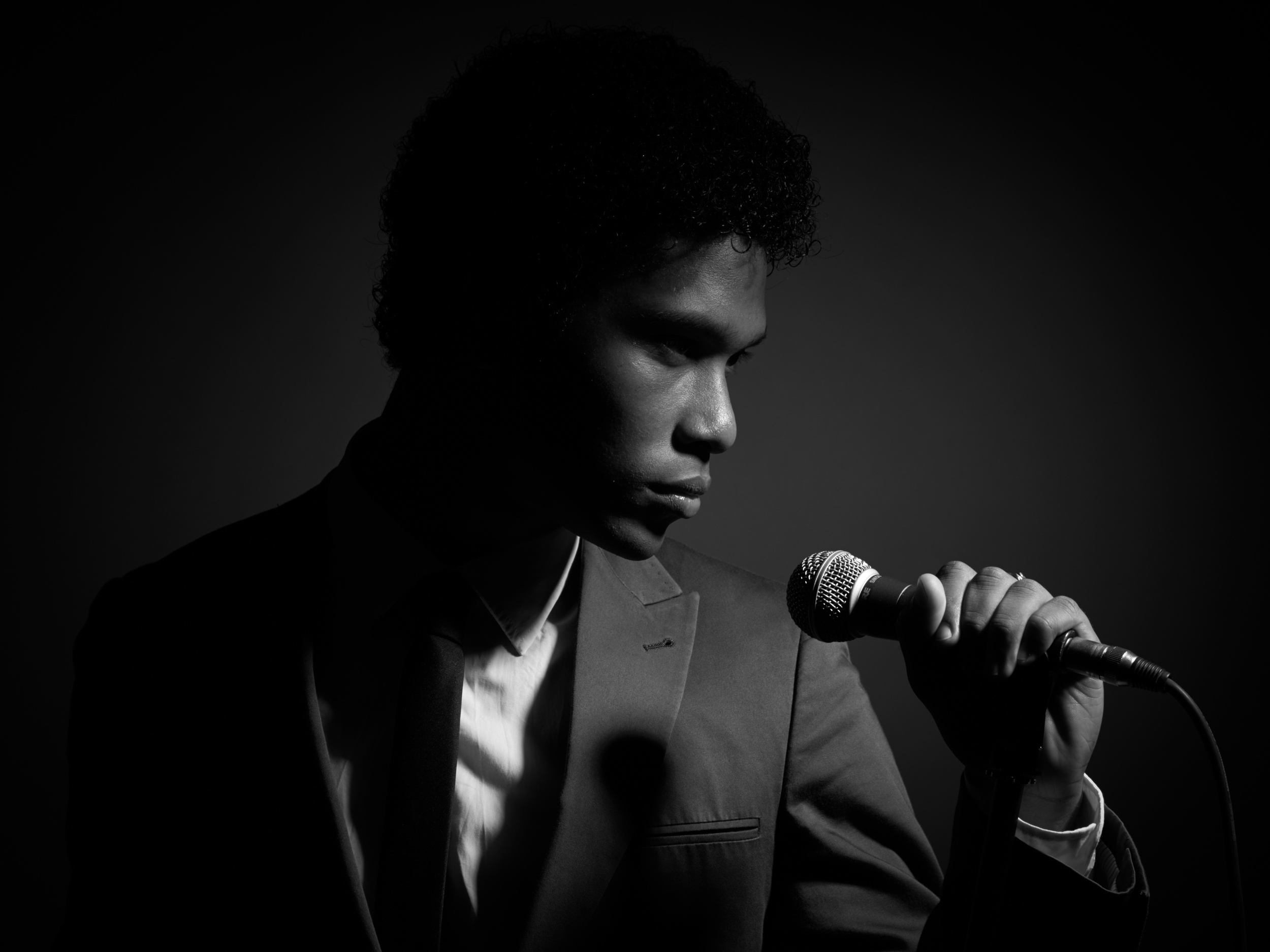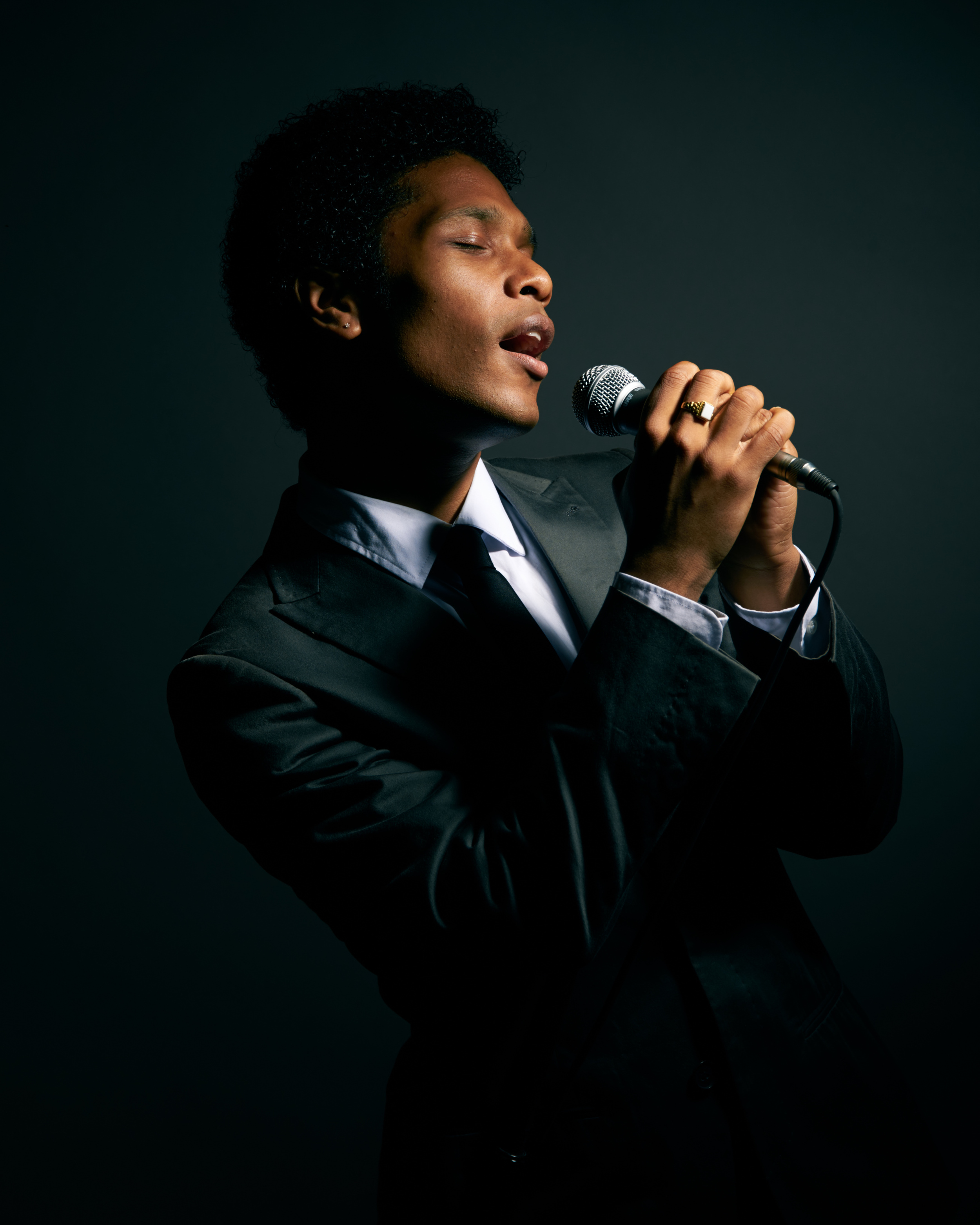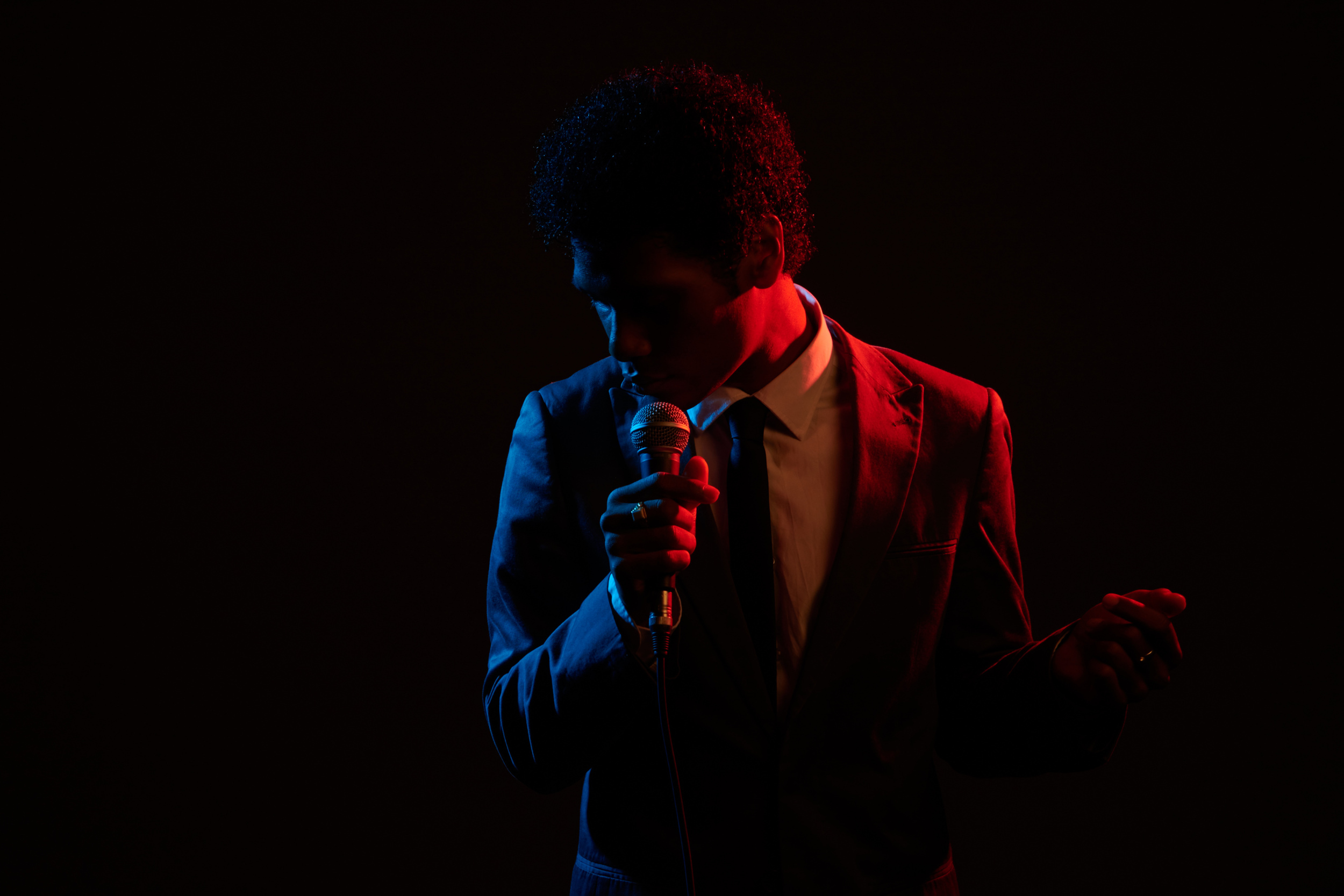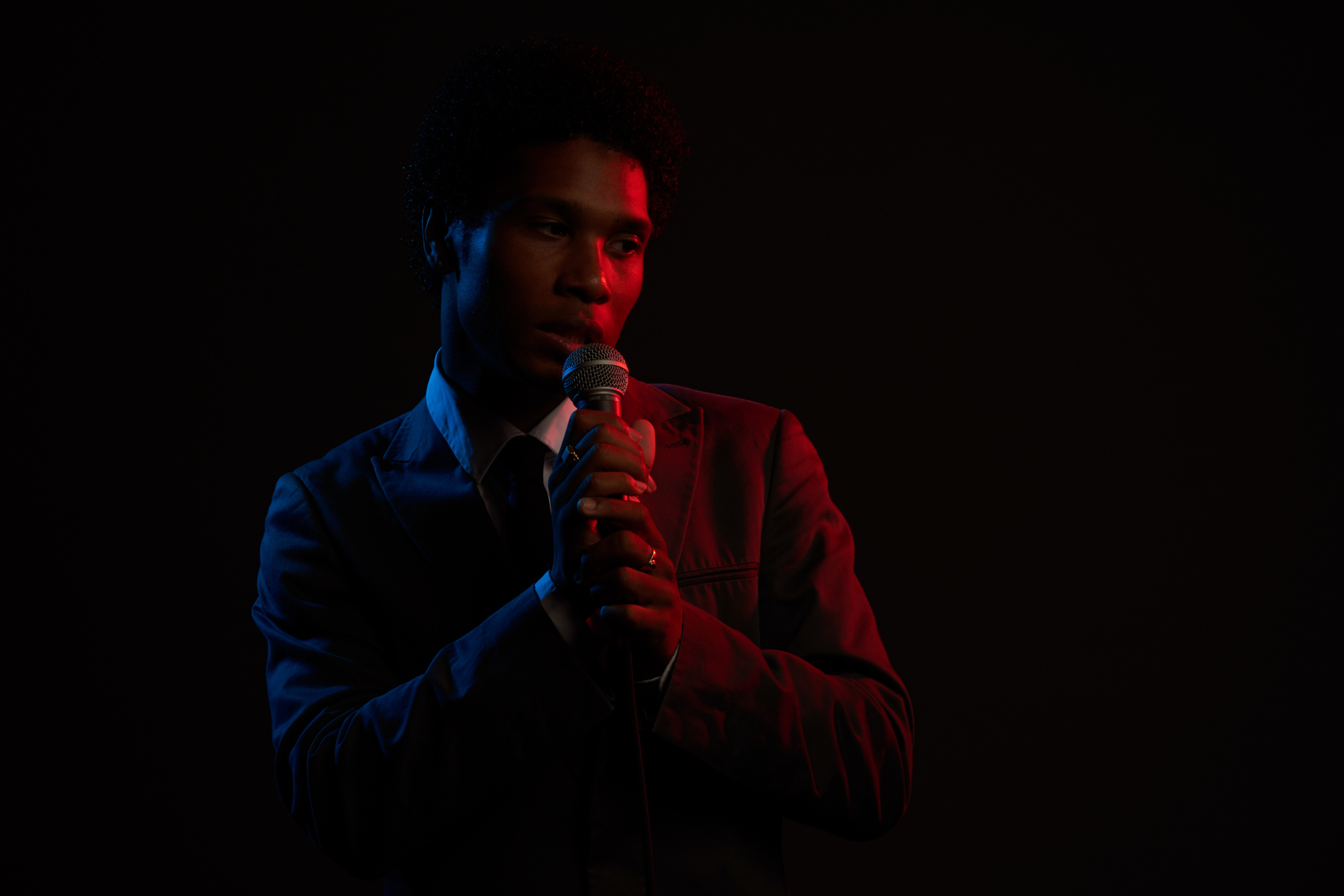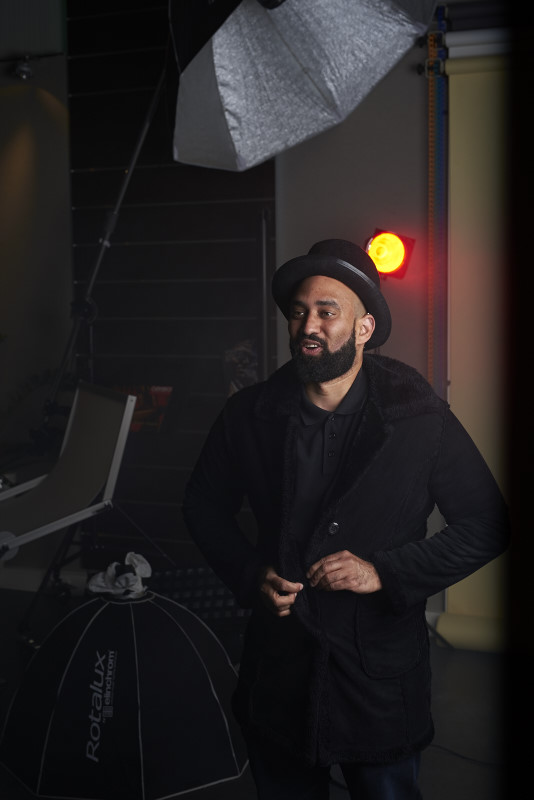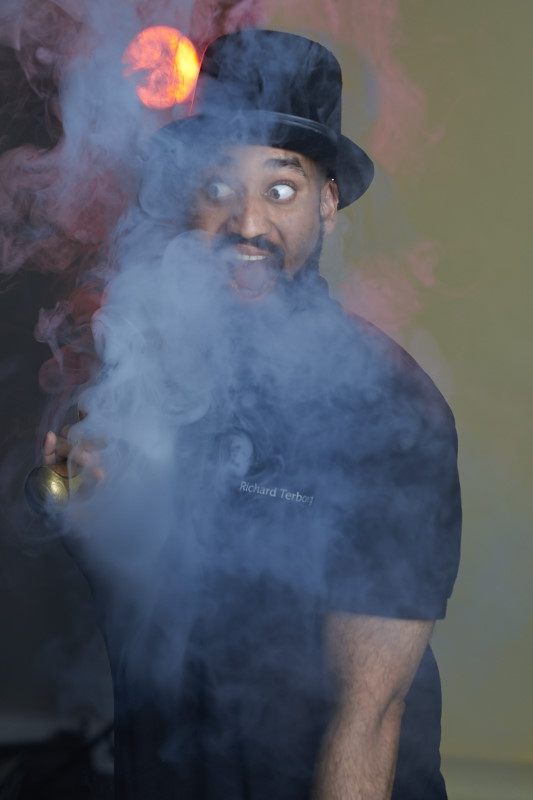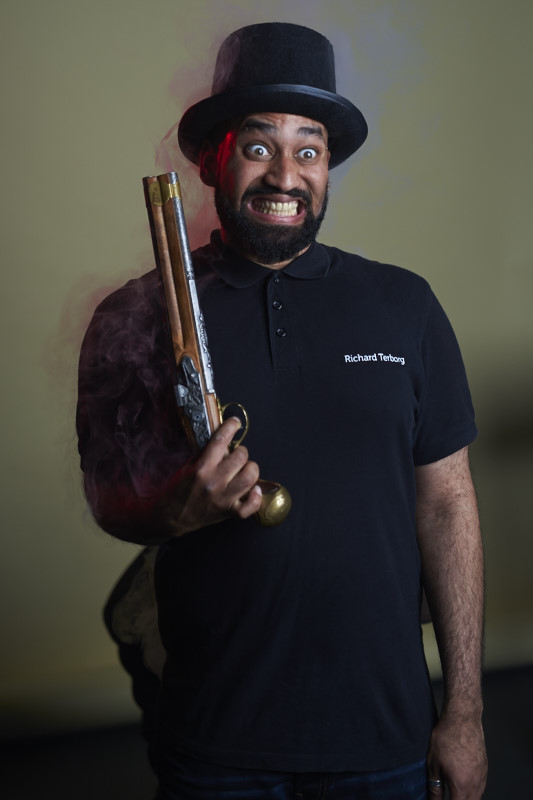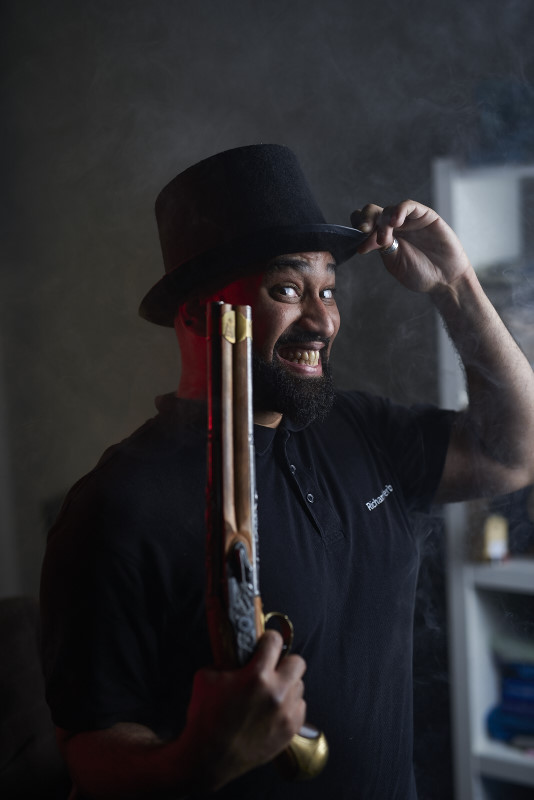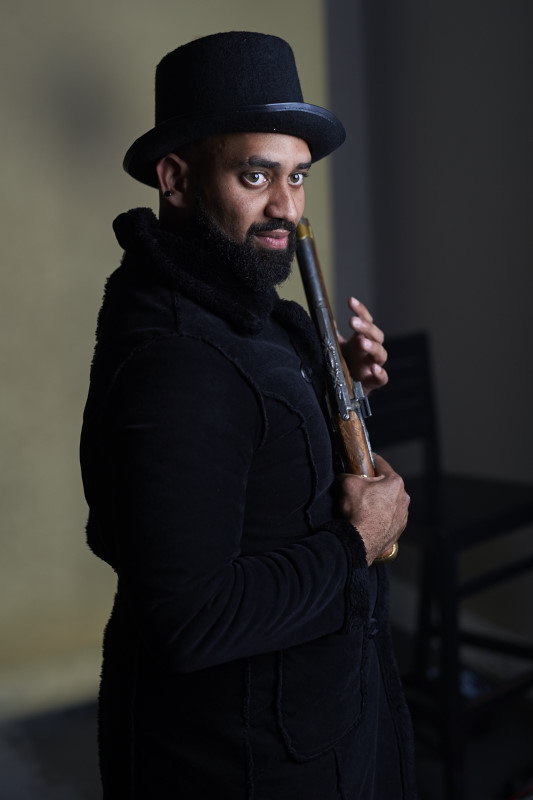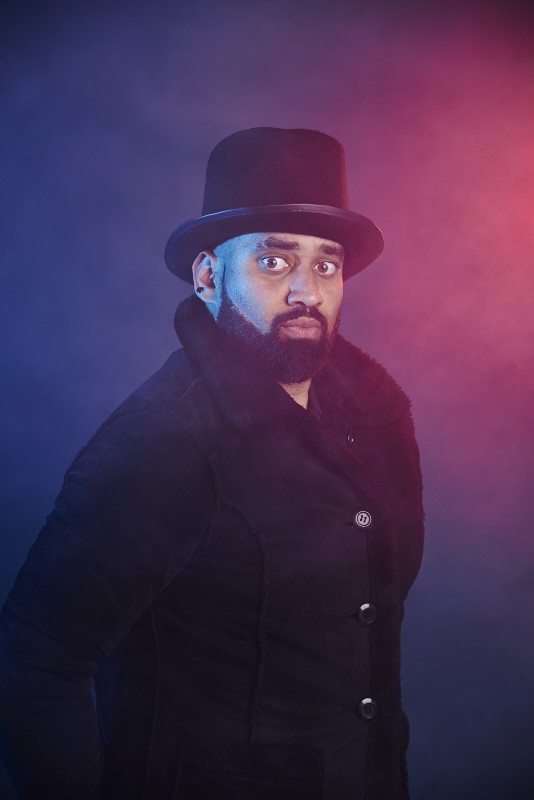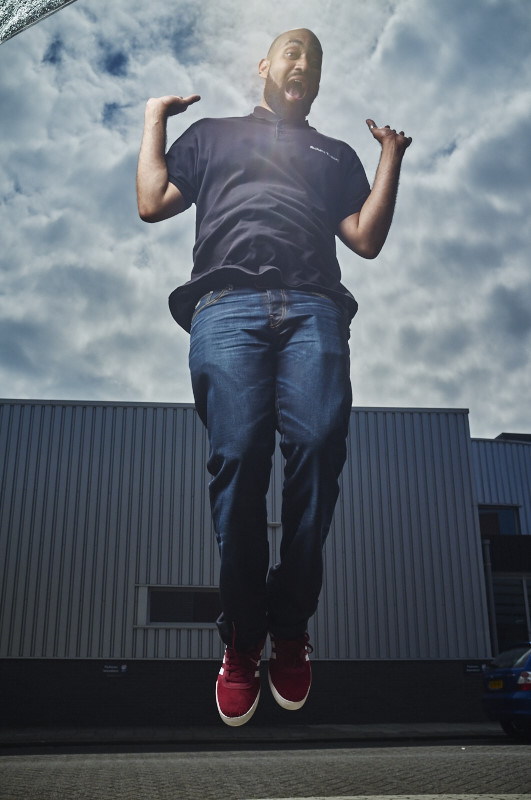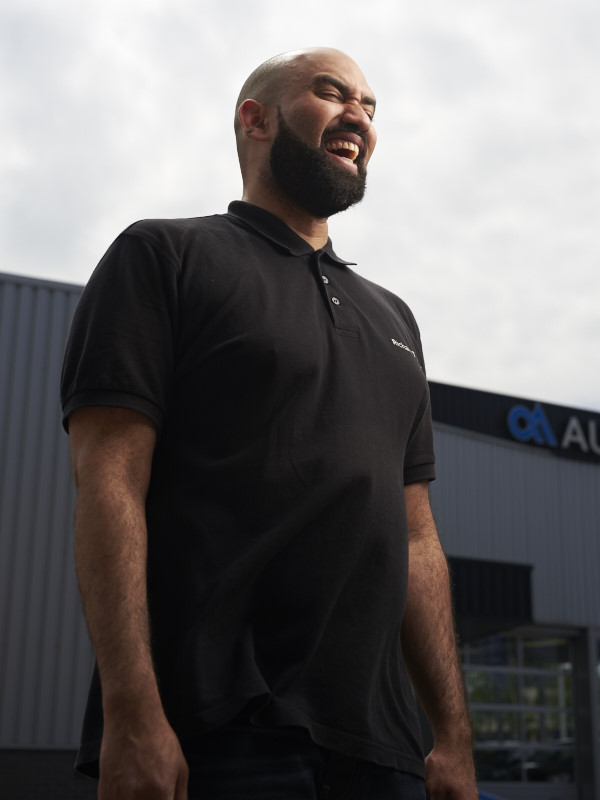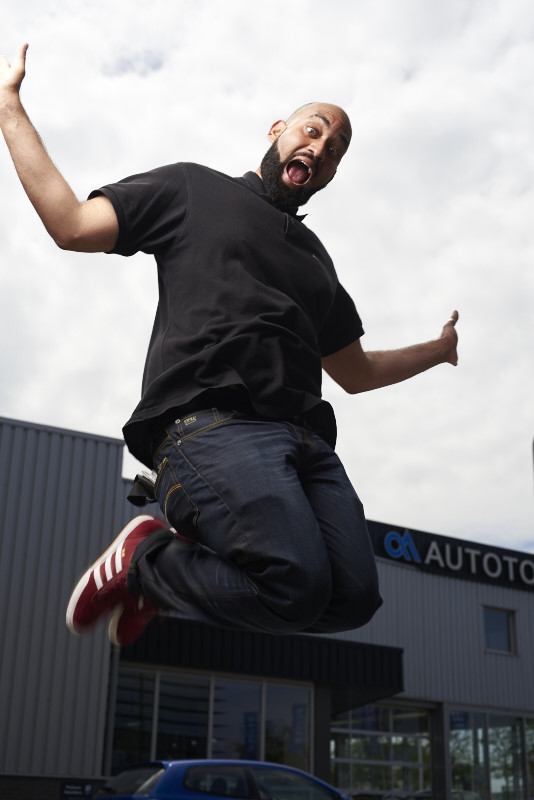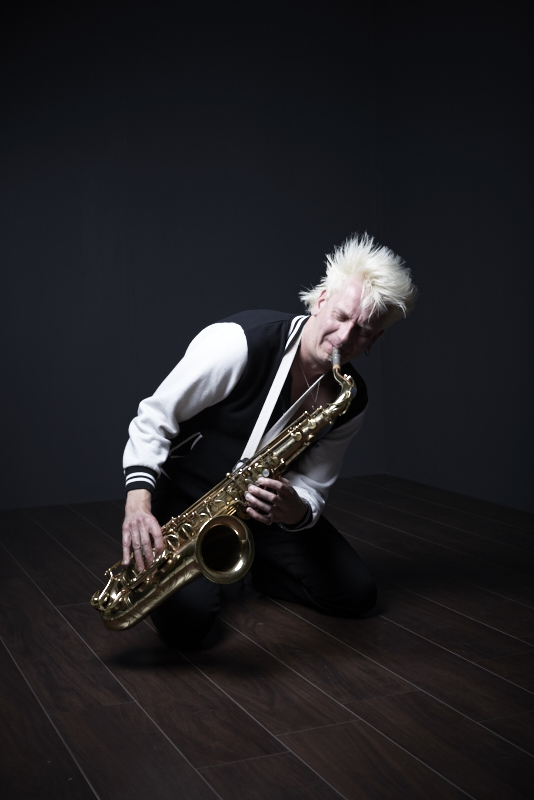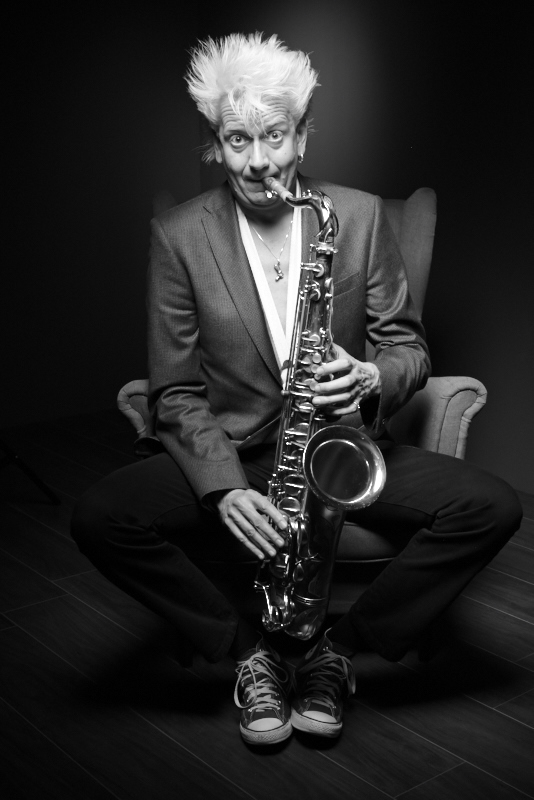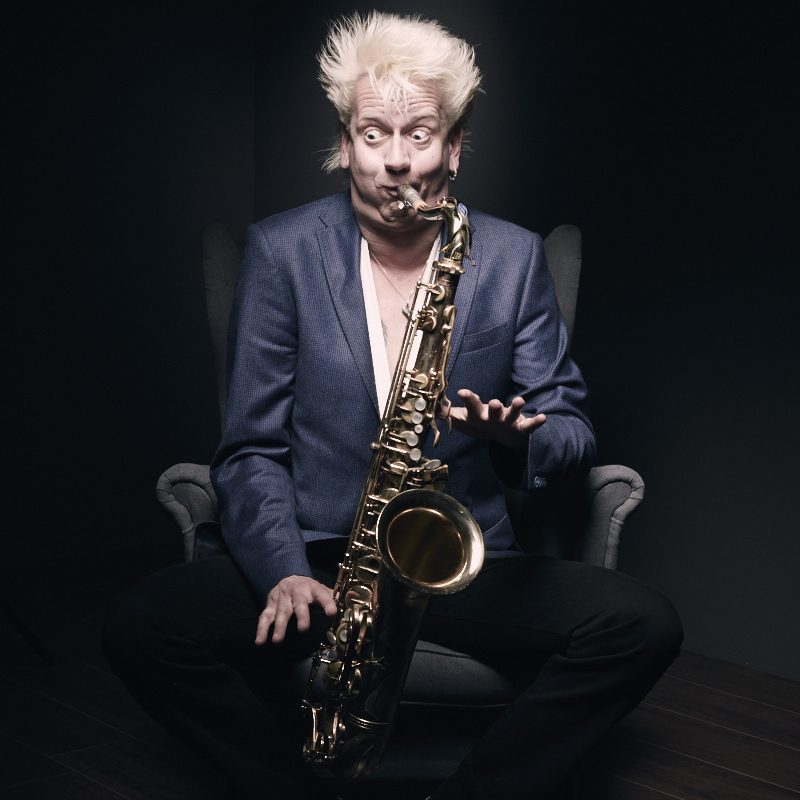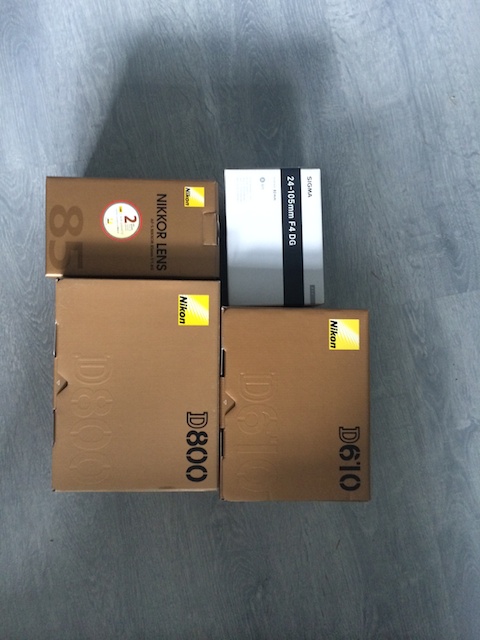After a long of wanting to switch I finally switched. I had Canon but was unhappy with canon as a company and especially their arrogance.
D800 vs D4 vs D4
Last year I had the opportunity to work with the D800, D4 and D600 from Nikon for my Dutch Jazz Portraits Project. I love the High res of the D800 but the file size of the camera was huge. The D4 is a speed monster, but it didn't felt the camera I would love to work with. It is great for journalists,but not for me ad a commercial music and dance portrait photographer. The D600 was also a really sweat camera. But I missed he resolution of the D800 sometimes.
The Decision
So now almost a year later I was still doubting adding D610 or D800, and I couldn't choose. So I took the next solution, I took the D800 with the Sigma 24-105 f4 lens and traded in all my Canon gear for the D610 and the Nikon 85 1.8 (a lens I really love for portrait work).
Upcoming weeks I am planning some shoots to test the camera's out and post some new work with them.
Fuji's
Some off you might think now, what about you Fuji's. Well I still keep them and love them, especially for traveling work. Because the Nikons great, but heavy! In two week sI will go to Paris for some new street work, and I will only take my Fuji's. Also the Fuji's are not good on video so I will use the Nikon for that. So the Nikons will for most be my studio and big shoot camera's and for when I have to more post work. The fuji will keep being my reportage/documentary camera's.
